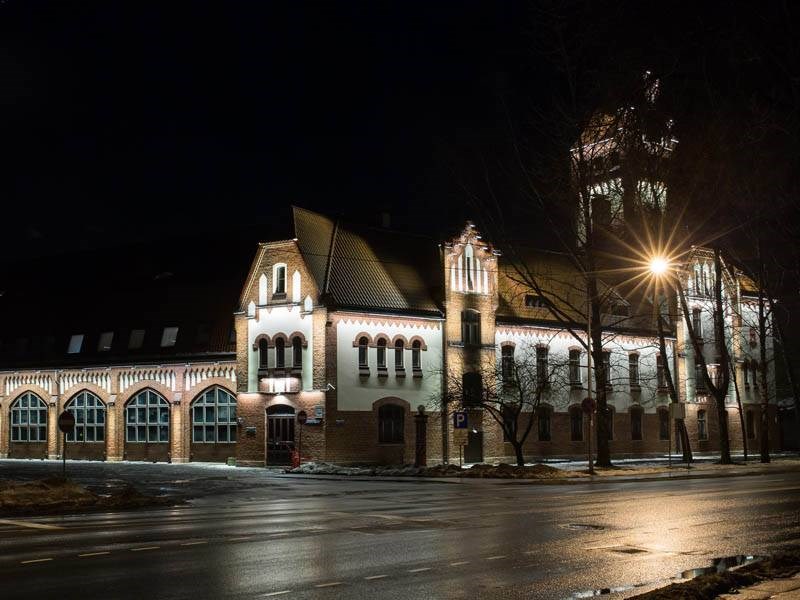Set up in 1978 on the premises of a former fire station built in 1912, Riga Fire Fighting museum displays the history of fire fighting in Latvia from the second half of the 19th century until the present days. Spread over two levels, the museum features fire fighting equipment, vehicles, uniforms and different tools, as well as awards, distinctions for bravery and documents related to fire fighting history in Latvia. The first floor is dedicated to the period from the 19th century till 1940, showing uniforms, mechanical pumps and other equipment used for putting out fires in those days. The main attraction of the first floor collection is a Chevrolet Six fire engine. The second floor displays uniforms, documents, awards, and pictures of fire fighters who lost their lives in the line of duty, as well as pieces of fire-fighting machinery, flags and photographs spanning from 1940 onwards. Temporary exhibits are held in the museum on a regular basis.
